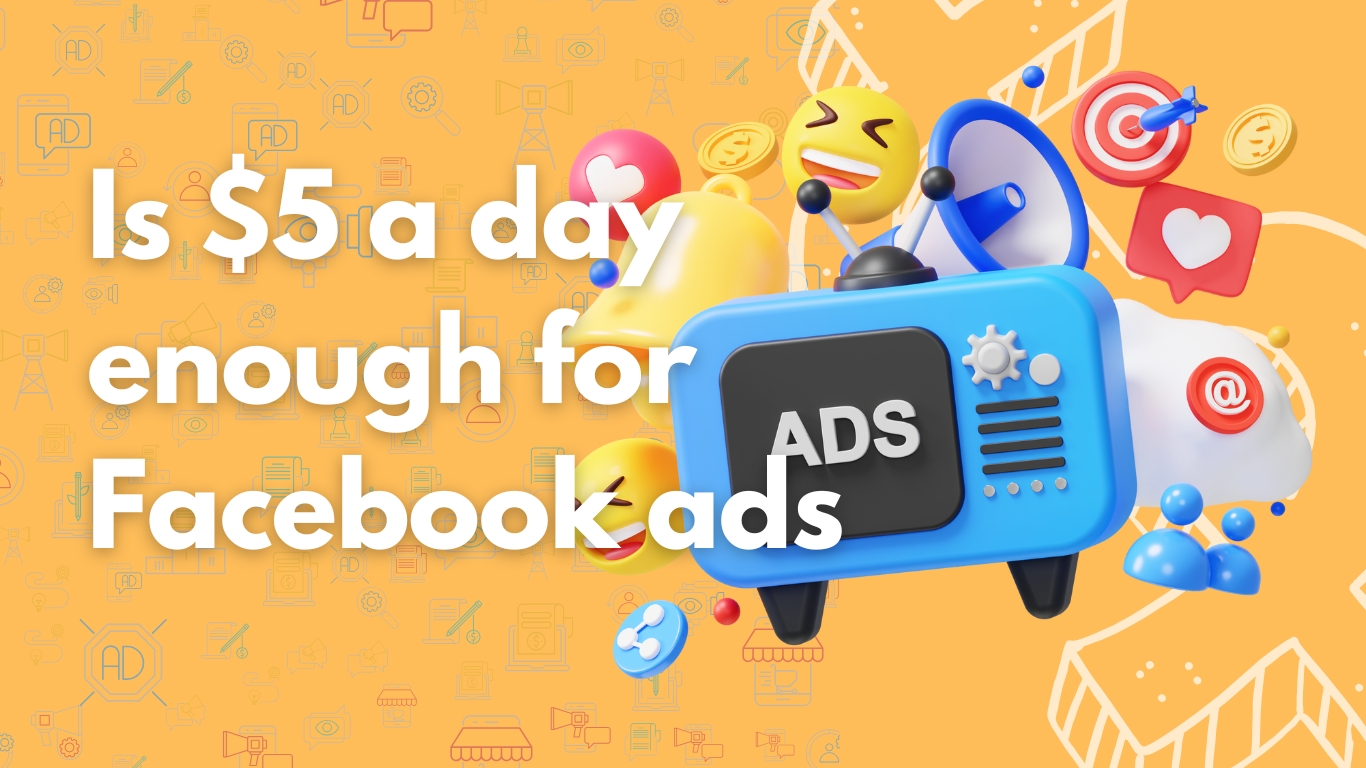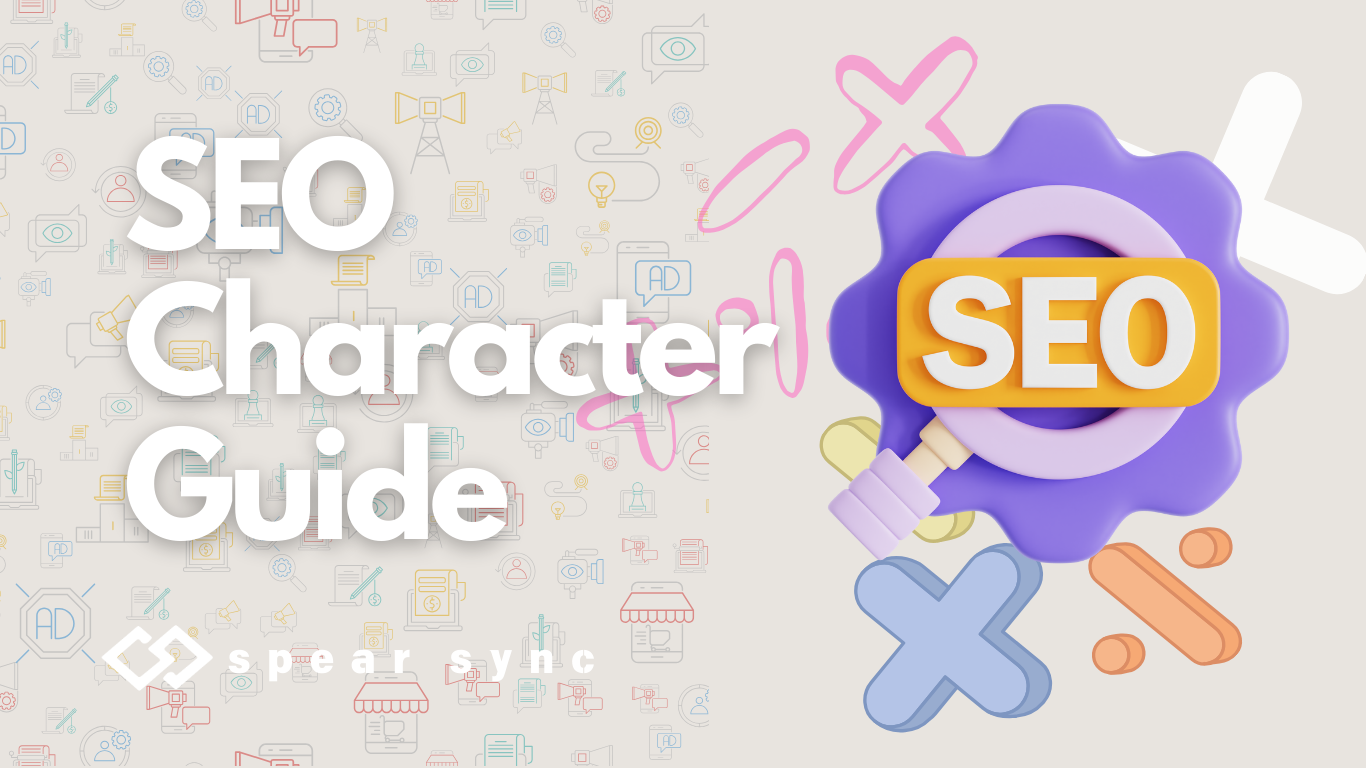Will digital marketing replace traditional marketing?

If you start a new brand or product, there are two ways to promote them. The first is traditional marketing (Print Marketing, Broadcast Marketing, Outdoor Marketing, Direct Mail Marketing, etc.), and the second is digital marketing (SEO, email marketing, Meta marketing, Google Ads). Both have their pros and cons in the field of marketing. But in the digital world, promoting a brand or product has become more cost-effective and niche-targeted. So the question is: Is traditional marketing now worth it? Will digital marketing replace or is it replacing traditional marketing? And what would be the best approach to promote your product online? The debate on whether digital marketing is better than traditional marketing is growing as businesses explore new ways to connect with audiences. In this blog, I will answer every question you have related to the topic of digital marketing vs. traditional marketing.
Digital marketing:
Digital marketing promotes or sells a product or service through digital platforms such as search engines, websites, social media, email, and mobile apps. Unlike promoting your product on legacy media or billboards, with the help of the internet, people can promote their service and product on Facebook, YouTube, Twitter, mobile, laptop, and every digital platform. The cost of showing those ads to the right targeted audience is low compared to traditional marketing methods. The role of AI in digital marketing is revolutionizing the industry, from personalized recommendations to predictive analytics. Every time you chat on WhatsApp or message about something you want, like a t-shirt or cool Nike shoes, you go to Facebook, and Facebook starts to show you the exact product ads related to t-shirts and Nike shoes. YES!! The Facebook algorithm can detect your chat and know which product to show that you are interested in. If you are good at marketing, you can use this as leverage to target the right audience to sell that product via this kind of digital platform that provides their services for free in exchange for taking money from the entrepreneurs and showing ads to the audience. Website advertising benefits include measurable performance, precise targeting, and cost efficiency, making many wonder if digital marketing is cheaper than traditional marketing Here is in-depth knowledge about “What is digital marketing?”
Traditional marketing:
Traditional marketing is a collection of all advertisement and promotional practices that rely on offline and physical channels to reach audiences. It includes established methods such as print advertising in newspapers and magazines, outdoor ads such as billboards and posters, and broadcast media in television and radio commercials. Other forms include direct mail, telemarketing through phone calls and SMS, and in-person marketing through events, trade shows, or sponsorship.
These activities generally reach broad audiences or regional areas and effectively build brand awareness and emotional engagement. For instance, a striking advertisement on the screen during a popular sporting event can be long remembered, While the future of AI in digital marketing looks promising, traditional marketing remains a trusted method for building credibility, especially in local communities. Traditional marketing is tangible, widely accessible, and continues to hold value, especially for those industries reliant on physical interaction or catering to less digitally active demographics.
Digital marketing vs traditional marketing:
With the help of digital marketing, you can specifically target the customers you want to sell to or show your product. If you are going to start a new business, you might be running on a budget. You want to sell your product or service, but no one knows about your brand or company. The only option is to promote the brand, but you need more money to run advertisements on TV commercials or hire a billboard. In that case, digital marketing is your best friend. You can promote your service via social media like Facebook Ads, Google Ads, YouTube Ads, etc. You can show your ads only to the people experiencing the problem for which you are providing a solution. This could reduce your advertisement fees and build up sales.
But that doesn’t mean that digital marketing will fully replace traditional marketing. Here are some reasons:
Tangible and Physical Presence:
By tangible and physical presence, traditional marketing can provide an experience in the real world that digital marketing will not be able to replace. The physical items, which include brochures, flyers, posters, or product samples, can be perceived by people through sight, touching, and feeling the material. This makes a much stronger impression than fleeting online ads. For instance, a nice-looking business card or great direct mail often conveys that it has taken more effort, is professional, and even personal, which builds confidence and credibility. Despite its reach, the disadvantages of internet advertising, like ad fatigue and limited access for offline audiences, make traditional methods indispensable
Moreover, traditional media, such as billboards or commercial ads, are unavoidable because consumers can’t help but see them in daily life without necessarily having to be online. These usually have perceived value, more so when designed creatively, and stay with the audience longer for better brand recall. Traditional marketing, therefore, creates a connection through multisensory contact with physical existence that contrasts with digital campaigns, which do not endure.
Trust and Credibility:
Trust and credibility are some of traditional marketing’s core strengths, emanating from its long association with reputed platforms such as newspapers, magazines, TV, and radio. Traditionally, these channels have been regarded as authoritative and reliable sources, making their advertisements more trustworthy to consumers. For example, a TV commercial that airs at prime time on a well-regarded channel often carries an implicit endorsement of quality and legitimacy.
Unlike digital, which is sometimes intrusive or questionable due to problems of ad fraud and fake reviews, traditional marketing primarily benefits from its medium’s assumed credibility. A print ad in a prestigious magazine or sponsorship of a popular radio show feels vetted and legitimate. This felt trust is key for those marketing to older demographics- or any brand involved in industries for whom consumer confidence is part and parcel, such as health and finance.
Mass Outreach
Traditional marketing is very good at reaching a mass audience at once through channels such as TV, radio, and billboards. These work best for brands that need to create awareness or re-establish their presence at scale in a national or international market. For example, a prime-time TV ad during the Super Bowl can reach millions of people in one flight, a level of pure reach that few digital campaigns can match. Traditional marketing is ideal for products or services with broad demographics, such as fast-moving consumer goods or entertainment releases.
Local Targeting
Traditional marketing can also be an effective method for reaching targeted geographic areas. Flyers, posters, local newspapers, and community radio offer a no-frills way to target regional markets without online targeting. For instance, a neighborhood restaurant might distribute door-to-door menus or advertise in a city magazine to attract people nearby. This approach is efficient for areas with low internet penetrations or businesses reliant on a high volume of footfall and local customers.
Event and Experiential Marketing
Traditional event and experiential marketing create personal connections through in-person interactions. Trade shows, product launches, and sponsorships are all ways to let brands connect with audiences in ways that are tangible, and thus memorable. A car company, for instance, might host test-drive events where potential customers can get a firsthand feel for their products. That is far more impactful than seeing an ad online. This kind of marketing builds emotional connections, brand loyalty, and word-of-mouth buzz that digital campaigns can’t replace.
It is true that as time passes, digital marketing is becoming more popular than ever. And with the help of AI, it is becoming easier to target specific kinds of audiences. The role of AI in digital marketing is revolutionizing the industry, from personalized recommendations to predictive analytics. Both small businesses and big multi-million companies are using digital marketing as a tool to come into the spotlight. However, traditional marketing is also essential. Big companies use both digital and conventional marketing strategies. Many brands are discovering the benefits of hiring a digital marketing agency to navigate the complexity of online campaigns effectively. Together, they create a comprehensive approach, reaching diverse audiences and leveraging the strengths of each method. Businesses that integrate both will stay ahead in an ever-evolving market.Rather than deciding if digital marketing is more effective than traditional marketing, businesses should focus on integrating both for maximum impact




